AN EXCEPTIONALLY RARE AND LARGE IMPERIAL UNDERGLAZE-BLUE AND IRON-RED ENAMEL 'NINE DRAGON' DISHQianlong seal mark and of the period Exquisitely potted with gently curving sides rising from a short tapered foot to a flat everted rim, the interior vibrantly painted with a central medallion enclosing a writhing iron-red five-clawed front-facing dragon coiling around a flaming pearl, on a ground of cobalt-blue waves, surrounded in the cavetto with four iron-red dragons striding in mutual pursuit amidst ruyi-shaped clouds rendered in shaded tones of blue, each dragon portrayed differently, two of them five-clawed, the other two three-clawed, one winged and detailed with a fish tail, all surrounded by a border of breaking waves on the rim, the exterior vibrantly decorated with four similar dragons striding through clouds, box. 47.5cm (18 2/3in) diam.Footnotes清乾隆 青花礬紅水波雲龍紋折沿大盤 青花「大清乾隆年製」篆書款 Provenance: Sir David Newbigging, purchased in China in 1960, and brought from Hong Kong to the United Kingdom in Spring 1984 Bonhams London, 8 November 2018, lot 153 A distinguished English private collection 來源: David Newbigging爵士收藏;約於1960年赴華期間購藏,並於1984年春由香港帶赴英國 倫敦邦瀚斯,2018年11月8日,拍品153 英國重要私人珍藏 The present lot encapsulates the exacting and refined taste of the Qianlong emperor, together with the high skill and artistry of the artisans, as well as the innovation and imagination of the Imperial kiln supervisors such as Tang Ying (1682-1756) (in charge of the Imperial porcelain manufactory in Jingdezhen). With bold and powerful dragons leaping through breaking waves and wispy clouds, the trio of emperor, artisan and official ensured that this impressive large dish would exude Imperial splendour, power and refinement at Imperial banquets or special Imperial celebratory occasions. Only a handful of Qianlong 'mark and period' examples of dishes of this impressive size and bold decoration are known to exist in either public like the two Palace Museums and the MOA Museum of Art in Atami, Japan, or private collections. See an example in the Nanjing Museum, illustrated in Treasures in the Royalty: The Official Kiln Porcelain of the Chinese Qing Dynasty, Shanghai, 2003, p.275; and a dish of the same diameter, with a Qianlong mark, in the Shanghai Museum, illustrated in Shanghai Museum Collections Research Series of: Qing Yongzheng - Xuantong porcelain kiln, Shanghai, 2014, pl.3-5; see also the comparable dish decorated with iron-red dragons on an underglaze-blue ground, Qianlong seal mark and of the period, illustrated in Chinese Ceramics in the Idemitsu Collection, Tokyo, 1987, pl.956; and a further example in the Seikado Bunko Art Museum, Tokyo, exhibited in Seikado zo Shincho toji. Keitokuchin kanyo no bi [Qing porcelain collected in the Seikado. Beauty of the Jingdezhen imperial kilns] and illustrated in Seikado Bunko Art Museum, Tokyo, 2006, no.53. According to the Qinggong neiwufu zaobanchu dang'an zonghui (General collection of archival records from the Qing Imperial Household department workshop), on the 25th day in the sixth month of the third year of the Qianlong period (corresponding to 1738), a Xuanyao hong long qing yun haishui dapan ('large Xuande-kiln dish with red dragons amongst blue clouds and waves') was presented to the emperor together with other porcelains. For large vessels in this group, drawings were ordered to be produced and sent, together with the smaller vessels, to Tang Ying, the well-known supervisor of the Imperial Porcelain Manufactory in Jingdezhen; see Zhang Faying, ed., Tang Ying du tao wendang, Beijing, 2012, pp.148-152. This entry is likely to refer to a Xuande-style dish, possibly produced in the Qing dynasty, rather than a Ming original. Terms such as Xuanyao or Jiayao ('Jiajing-kiln') were often used in Qing Court record to classify antique-inspired objects. Moreover, there are no known Xuande examples of matching decoration. According to the record, whether the dish mentioned in the record was a prototype or an imit
AN EXCEPTIONALLY RARE AND LARGE IMPERIAL UNDERGLAZE-BLUE AND IRON-RED ENAMEL 'NINE DRAGON' DISHQianlong seal mark and of the period Exquisitely potted with gently curving sides rising from a short tapered foot to a flat everted rim, the interior vibrantly painted with a central medallion enclosing a writhing iron-red five-clawed front-facing dragon coiling around a flaming pearl, on a ground of cobalt-blue waves, surrounded in the cavetto with four iron-red dragons striding in mutual pursuit amidst ruyi-shaped clouds rendered in shaded tones of blue, each dragon portrayed differently, two of them five-clawed, the other two three-clawed, one winged and detailed with a fish tail, all surrounded by a border of breaking waves on the rim, the exterior vibrantly decorated with four similar dragons striding through clouds, box. 47.5cm (18 2/3in) diam.Footnotes清乾隆 青花礬紅水波雲龍紋折沿大盤 青花「大清乾隆年製」篆書款 Provenance: Sir David Newbigging, purchased in China in 1960, and brought from Hong Kong to the United Kingdom in Spring 1984 Bonhams London, 8 November 2018, lot 153 A distinguished English private collection 來源: David Newbigging爵士收藏;約於1960年赴華期間購藏,並於1984年春由香港帶赴英國 倫敦邦瀚斯,2018年11月8日,拍品153 英國重要私人珍藏 The present lot encapsulates the exacting and refined taste of the Qianlong emperor, together with the high skill and artistry of the artisans, as well as the innovation and imagination of the Imperial kiln supervisors such as Tang Ying (1682-1756) (in charge of the Imperial porcelain manufactory in Jingdezhen). With bold and powerful dragons leaping through breaking waves and wispy clouds, the trio of emperor, artisan and official ensured that this impressive large dish would exude Imperial splendour, power and refinement at Imperial banquets or special Imperial celebratory occasions. Only a handful of Qianlong 'mark and period' examples of dishes of this impressive size and bold decoration are known to exist in either public like the two Palace Museums and the MOA Museum of Art in Atami, Japan, or private collections. See an example in the Nanjing Museum, illustrated in Treasures in the Royalty: The Official Kiln Porcelain of the Chinese Qing Dynasty, Shanghai, 2003, p.275; and a dish of the same diameter, with a Qianlong mark, in the Shanghai Museum, illustrated in Shanghai Museum Collections Research Series of: Qing Yongzheng - Xuantong porcelain kiln, Shanghai, 2014, pl.3-5; see also the comparable dish decorated with iron-red dragons on an underglaze-blue ground, Qianlong seal mark and of the period, illustrated in Chinese Ceramics in the Idemitsu Collection, Tokyo, 1987, pl.956; and a further example in the Seikado Bunko Art Museum, Tokyo, exhibited in Seikado zo Shincho toji. Keitokuchin kanyo no bi [Qing porcelain collected in the Seikado. Beauty of the Jingdezhen imperial kilns] and illustrated in Seikado Bunko Art Museum, Tokyo, 2006, no.53. According to the Qinggong neiwufu zaobanchu dang'an zonghui (General collection of archival records from the Qing Imperial Household department workshop), on the 25th day in the sixth month of the third year of the Qianlong period (corresponding to 1738), a Xuanyao hong long qing yun haishui dapan ('large Xuande-kiln dish with red dragons amongst blue clouds and waves') was presented to the emperor together with other porcelains. For large vessels in this group, drawings were ordered to be produced and sent, together with the smaller vessels, to Tang Ying, the well-known supervisor of the Imperial Porcelain Manufactory in Jingdezhen; see Zhang Faying, ed., Tang Ying du tao wendang, Beijing, 2012, pp.148-152. This entry is likely to refer to a Xuande-style dish, possibly produced in the Qing dynasty, rather than a Ming original. Terms such as Xuanyao or Jiayao ('Jiajing-kiln') were often used in Qing Court record to classify antique-inspired objects. Moreover, there are no known Xuande examples of matching decoration. According to the record, whether the dish mentioned in the record was a prototype or an imit
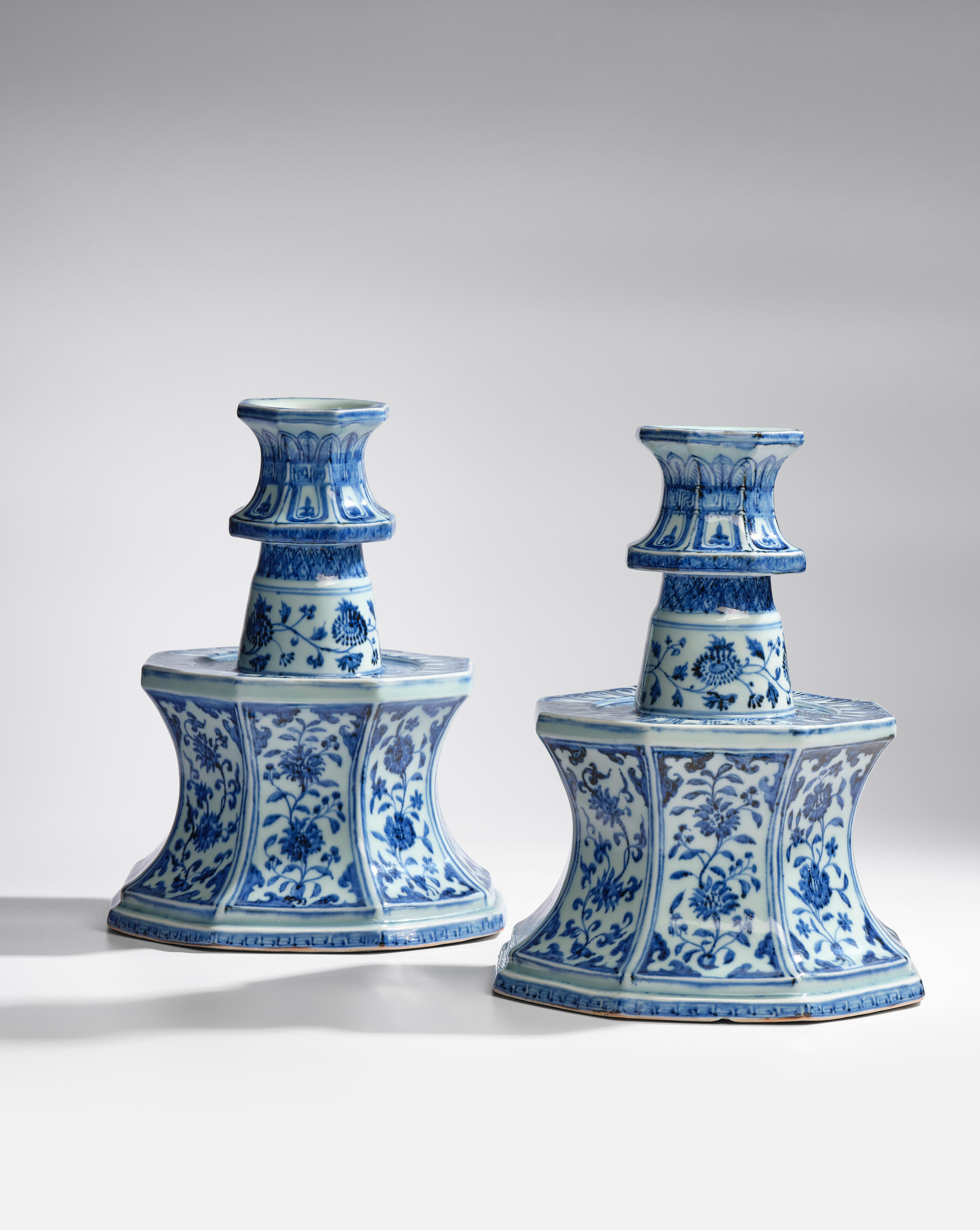

.jpg)
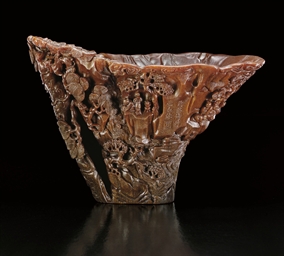

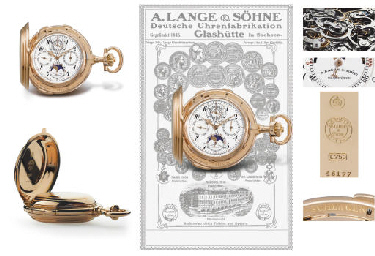
.jpg)
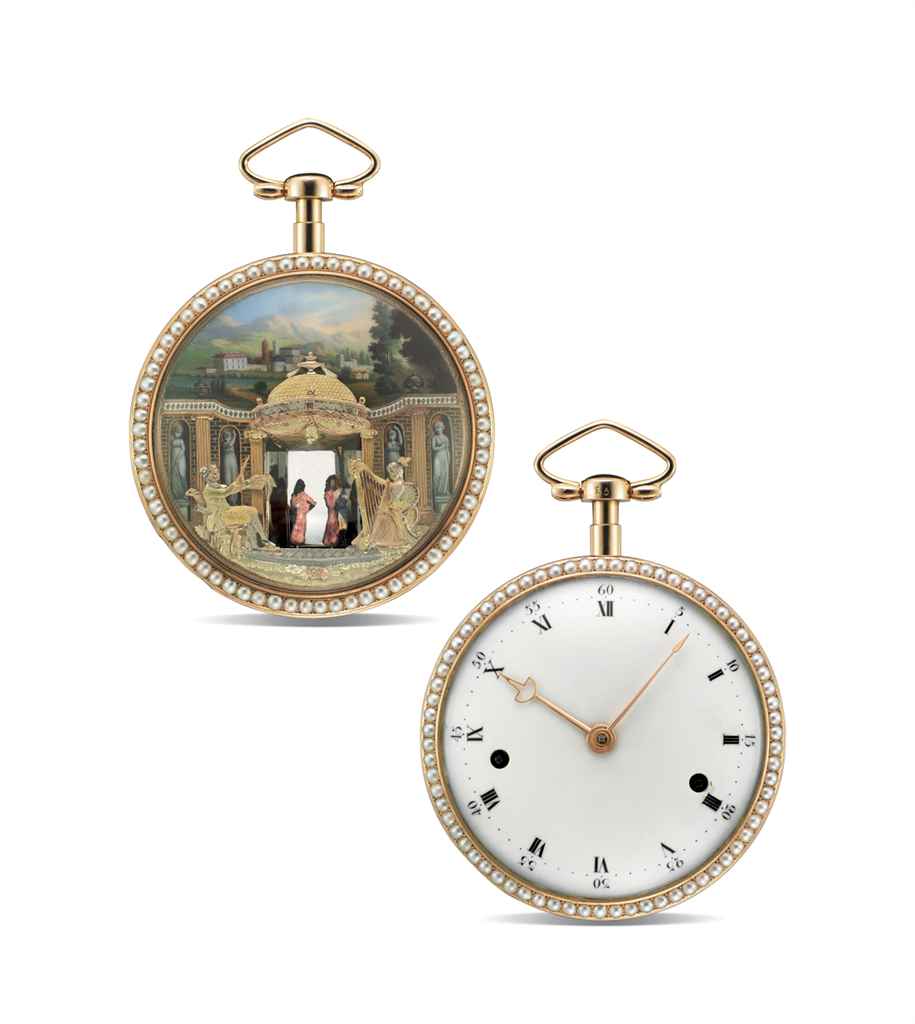
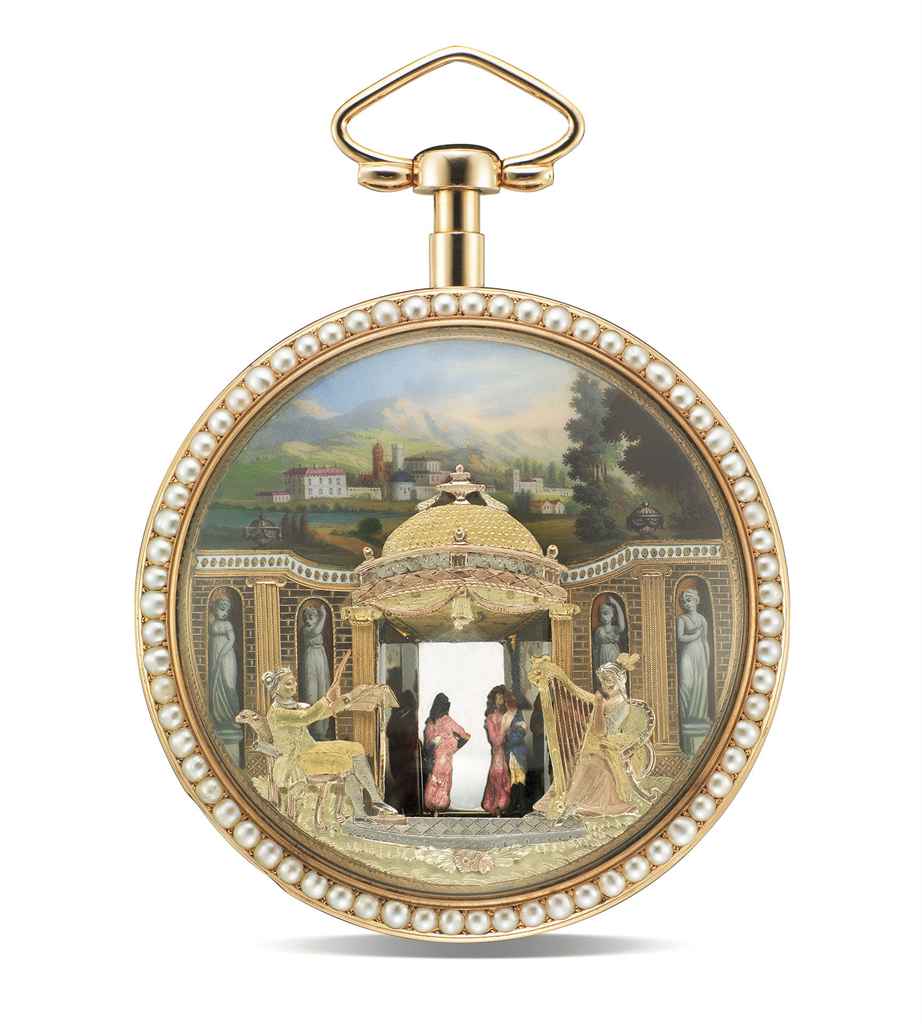


.jpg)
.jpg)


Try LotSearch and its premium features for 7 days - without any costs!
Be notified automatically about new items in upcoming auctions.
Create an alert